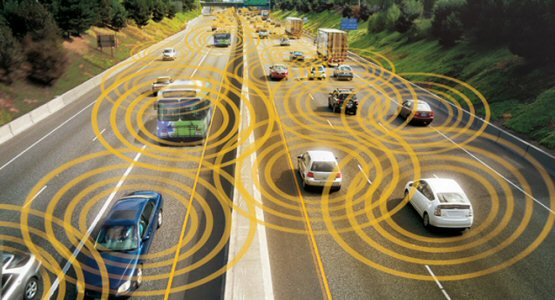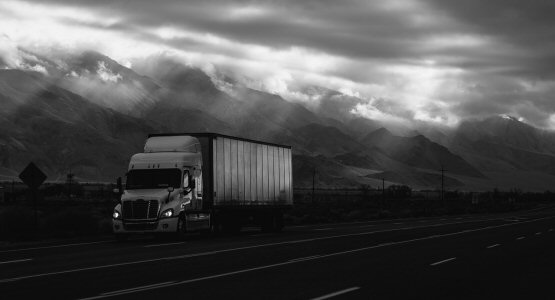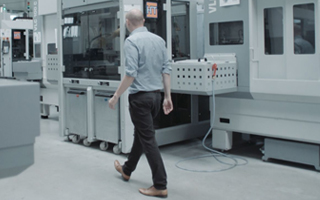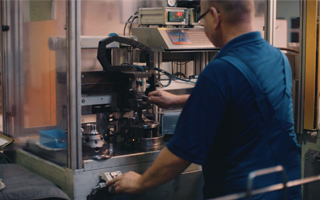Hydrogen Powered Trains - What Took So long?
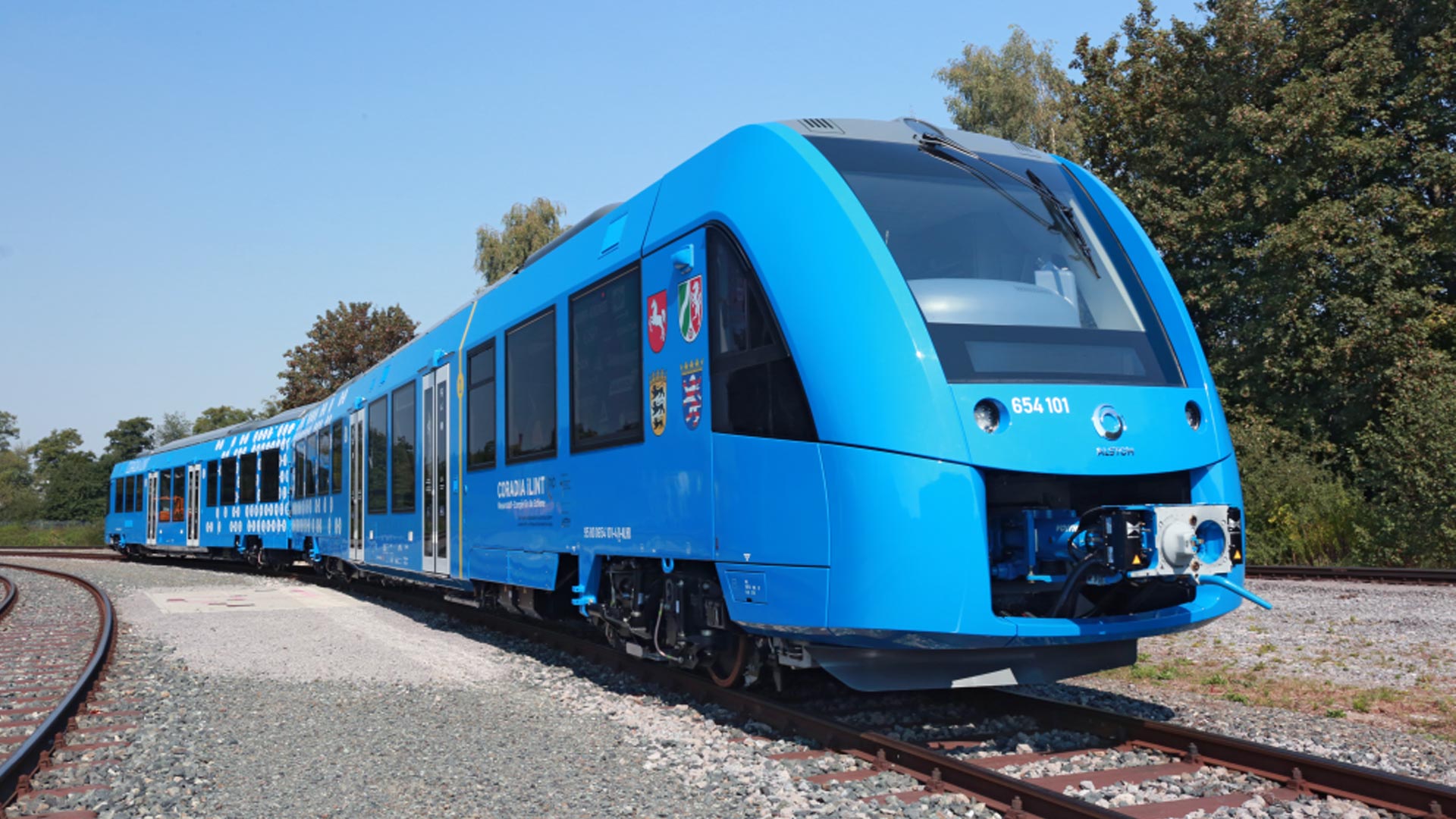
The world’s first hydrogen powered train has entered service in Germany, providing clean and quiet energy for a section of line 100km long. But as with so many alternative fuels, it raises the question of what took so long for a seemingly better alternative to get its chance.
PROGRESS
French railway manufacturer Alstom has claimed the two trains servicing the line covering an area of Saxony in Germany, will be the first instances of fuel cell powered trains anywhere in the world.
Achieving speeds of up to 140kmh, whilst producing nothing but water as a by-product, the trains demonstrate the potential of hydrogen as a viable energy source – particularly where railway lines are not powered and rely on diesel locomotives instead.
It seems almost too good to be true - a train as capable as its predecessors, but quietly producing zero pollution and able to travel on any line. Yet we’ve had to wait until 2018 for an example when the technology seems to suit the method of transportation so readily.
OLD TECH
The process of electrolysis was discovered way back in 1800 by two English scientists, who found that by running an electric current through water it produced Hydrogen and Oxygen.
38 years later a Swiss chemist reversed the process by combining Hydrogen and Oxygen to produce water – and most importantly, an electric current.
By 1845 the first iteration of what is now known as a fuel cell was created by another English scientist, Sir William Grove, and during the following two centuries the technology has gradually been improved, adapted and varied.
But whereas petrol powered vehicles became firmly established by the early 1900s, hydrogen power, along with many other fuel sources, saw progress stagnate.
It was only during the oil crisis of the 70s that serious thought was again given to using an alternative fuel source, and funding was channelled into exploring its potential.
Likewise, in the same year the second gulf war started George W. Bush pledged $1.2bn to develop hydrogen fuel into a commercially viable alternative.
Indeed, it seems only when oil supplies are threatened does any sort of progress happen; disappointing when the benefits of using hydrogen are so substantial.

SUPPLY ISSUES
Despite its wondrous ability to create energy out of nothing but water, hydrogen is not without some problems. The primary obstacle being it does not occur naturally on Earth in anywhere near the quantities needed if it were to replace an existing energy source.
Space has more hydrogen than we could ever use; three quarters of the universe is made up of the stuff and we just happen to live on one of the relatively tiny parts not made up of hydrogen gas. But the conditions that enable us to exist make hydrogen hard to come by without artificially producing it.
Several processes do exist to obtain the element from other compounds. One of which involves the use of methane, but this produces carbon emissions which would make the reasoning behind switching to hydrogen power largely pointless.
A BETTER WAY
Unlike the manufacturing process for electrically powered vehicles; there would be concerns regarding the carbon footprint generated by the factories that manufacture the hydrogen fuelled batteries, often through the use of harmful metals. An alternative process is the aforementioned electrolysis, which requires only water and energy.
Because electrolysis only needs a current, hydrogen plants can quite easily be made energy self-sufficient while using renewable energy sources like wind or solar power to operate the process.
Any fluctuations in power supply are less of an issue as hydrogen can be easily stored in tanks and stockpiled to cover dips in production – a major limitation for electricity which requires massive batteries to store energy.
Hydrogen is also being explored as a potential energy storage method for other energy sources for this very reason.
SUITABLE PLATFORM
Trains made ideal candidates for early adoption of the technology. They are sufficiently large enough to accommodate the equipment and fuel necessary to operate on a limited scope of travel, while encompassing relatively few vehicles. This would incur less dependency on a refuelling network; being able to be serviced by mobile refuelers adds flexibility.
Electrically powered locomotives still have a major role to play if that electricity is coming from renewable sources. Their ability to draw all the energy they require allows them to put down all the power they want and need.
Conversely, Hydrogen’s drawback is the amount of energy it can convert into locomotive power. Its energy density is currently lower than that of diesel, giving it less traction. This isn’t too much of an issue for passenger trains but has significant implications for freight transportation.
Advancements in the technology may be able to accommodate for this in future, but as it stands if the rail network was to be switched over to hydrogen today, it would be the passenger trains and not the freight trains that would be first in line.
POTENTIAL
Why it has taken so long for hydrogen to make its way onto the rail network is surprising. There is already a fleet of hydro buses operating in Scotland, and when factoring in all the implications hydrogen seems to be the most viable fuel for the majority of larger vehicles.
Whether or not hydrogen power can be made viable for passenger cars remains to be seen, but efforts are ongoing and despite the surge towards electric power, many major manufacturers believe hydrogen to be the true future of travel.
However, for trucks, buses, coaches and trains it may not be long before the most of them are running on water, not oil.


